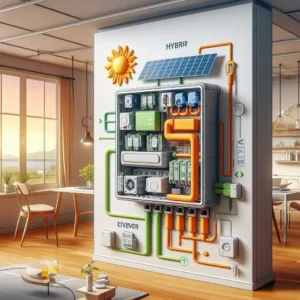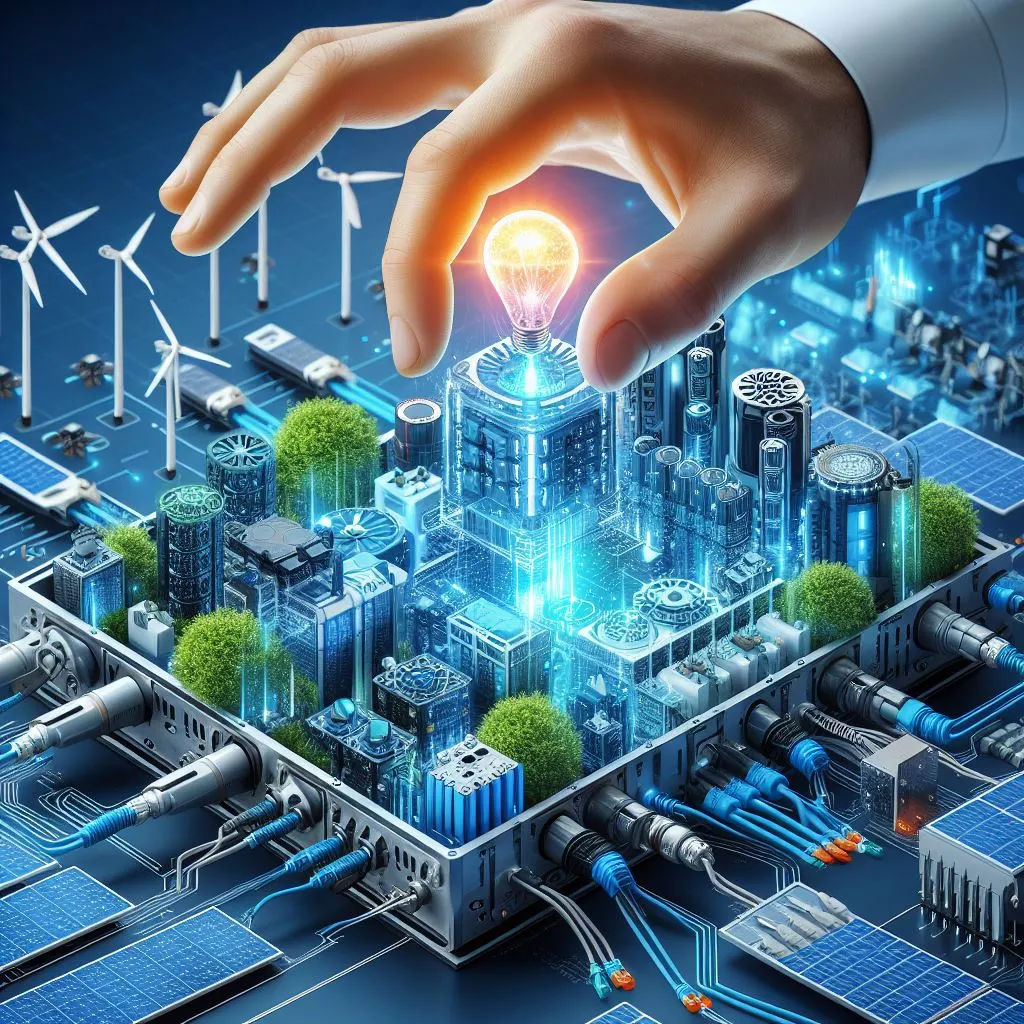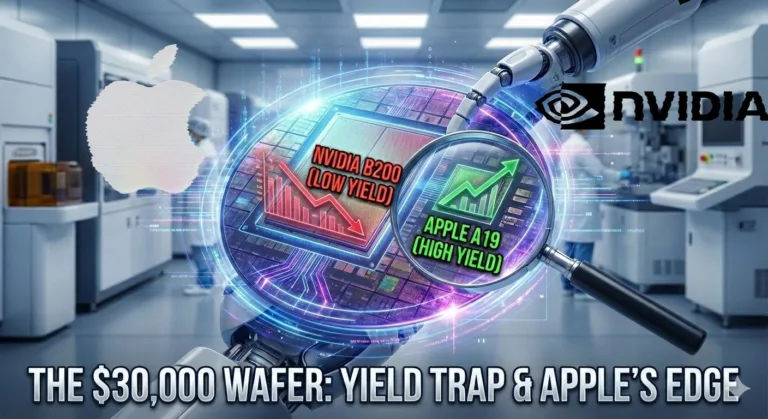Harnessing Solar Power Efficiently with Hybrid Microinverters:
Introduction:
In the ever-evolving field of solar energy, technology continues to advance, offering innovative solutions to enhance the efficiency and performance of solar power systems. One such breakthrough is the integration of hybrid microinverters. These devices play a crucial role in converting direct current (DC) generated by solar panels into alternating current (AC) for use in homes and businesses. In this article, we will explore the concept of hybrid microinverters, their benefits, and their impact on the solar energy landscape.

Understanding Microinverters:
Before delving into hybrid microinverters, it’s essential to grasp the fundamental role of microinverters in solar energy systems. Traditional solar inverters are responsible for converting the DC produced by solar panels into AC, which can be utilized to power electrical appliances and feed excess energy back into the grid. However, conventional inverters have limitations, especially when it comes to optimizing the performance of individual solar panels within an array.
Microinverters, on the other hand, are designed to be installed on each solar panel independently. This decentralization allows for better monitoring and management of each panel’s output, resulting in improved energy harvest and system reliability. Microinverters also mitigate the impact of shading or malfunctions in a single panel, ensuring that the overall efficiency of the solar array is maximized.
The Evolution: Hybrid Microinverters
In the dynamic realm of solar energy, the integration of hybrid microinverters stands out as a transformative breakthrough. These devices represent a pivotal advancement in converting solar energy from direct current (DC) to alternating current (AC), catering to the energy needs of homes and businesses. Unlike traditional microinverters, hybrid counterparts boast an additional dimension by incorporating energy storage capabilities. This innovation allows for the accumulation of surplus energy during peak sunlight, fostering resilience by providing power during low-generation periods or grid outages.
The significance of hybrid microinverters lies in their ability to optimize individual solar panels, overcoming shading and mismatch challenges for heightened overall system efficiency. Moreover, these devices contribute to smart grid integration, promoting enhanced energy management and grid stability. As the solar energy landscape continues to evolve, the versatile features of hybrid microinverters promise to further elevate system performance, providing a glimpse into a more efficient and resilient future for renewable energy.
Key Features and Benefits:
Enhanced Energy Harvesting:
Hybrid microinverters optimize energy harvesting by individually managing the output of each solar panel. This results in increased overall system efficiency, especially in situations where shading or panel malfunctions occur.
Energy Storage Integration:
The incorporation of energy storage capabilities allows users to store excess energy generated during peak sunlight hours. This stored energy can be used during periods of low solar production or during grid outages, providing a reliable and uninterrupted power supply.
Grid Independence:
Hybrid microinverters contribute to achieving greater grid independence. By storing energy in batteries, users can reduce their reliance on the grid during times of high demand or electricity outages, thereby increasing the resilience of their power supply.
Remote Monitoring and Control:
Most hybrid microinverters come equipped with advanced monitoring systems that allow users to remotely monitor and control their solar power systems. This feature provides real-time data on individual panel performance, energy production, and battery status, facilitating proactive maintenance and optimizing system performance.
Scalability:
Hybrid microinverters offer scalability, making it easier to expand the solar power system by simply adding more solar panels and microinverters. This flexibility allows users to adapt their systems to changing energy needs over time.
To know about the working of hybrid-micro-inverter click here
conclusion:
Hybrid microinverters represent a significant leap forward in the field of solar energy technology. By combining the benefits of traditional microinverters with energy storage capabilities, these devices contribute to increased energy efficiency, grid independence, and overall system resilience. As the demand for sustainable energy solutions continues to grow, hybrid microinverters play a pivotal role in shaping the future of solar
Discover more from WireUnwired Research
Subscribe to get the latest posts sent to your email.



